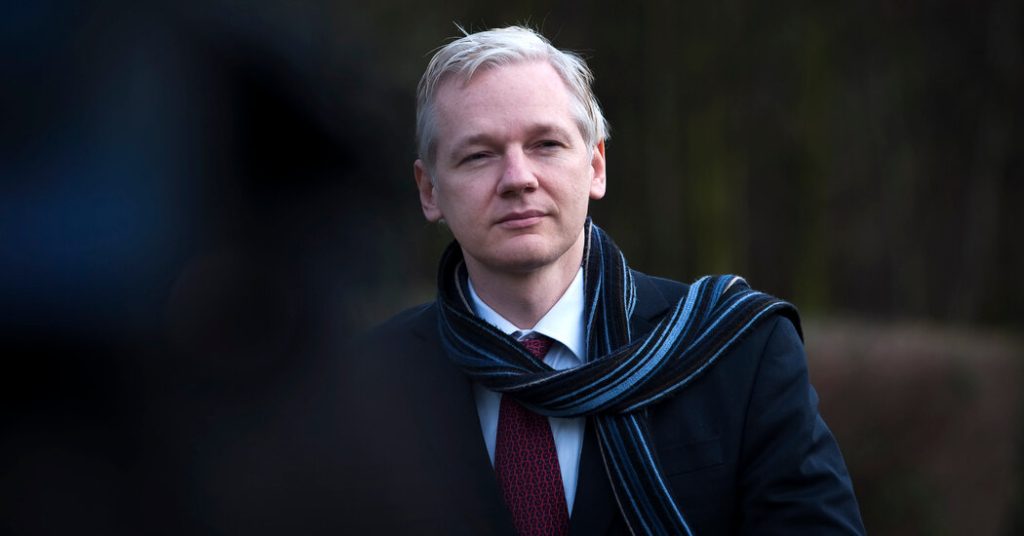Julian Assange, the founder of WikiLeaks, has had a tumultuous past that began in Australia during the 1980s. Moving more than two dozen times and being part of a New Age cult, Assange eventually settled in Melbourne and adopted hacking as his calling at age 16. This decision placed him on the edge of global disruption as he challenged national security and political establishments. After a long legal saga, he recently pleaded guilty in a U.S. courtroom in Saipan to a single count of illegally obtaining and disseminating national security information.
Wearing a black suit, Mr. Assange defended his actions in court, describing himself as a journalist seeking constitutionally protected information from sources. Judge Ramona Manglona sentenced him to time he had already served at Belmarsh Prison in Britain, allowing him to return to Australia. Despite a debt of $520,000 for the chartered flight home, supporters, politicians, and family members are eager to welcome him back and see what his next steps will be after experiencing depression and a small stroke during his imprisonment.
Before founding WikiLeaks, Mr. Assange was an audacious teenage hacker in Australia with claims of breaching systems all the way to the Pentagon. He faced his first serious legal issue in 1994 after a 31-count indictment for hacking into servers owned by Telecom Australia but ultimately received no jail time after entering a guilty plea. His experiences steeled his resolve to attack institutions infringing on individual liberties, including the U.S. National Security Agency.
Assange and other activists founded WikiLeaks in 2006 with the mission of promoting transparency by uncovering details of extrajudicial killings, repression of dissidents in China, and possible financial corruption in Peru. The organization worked closely with mainstream news organizations, and Assange became famous for his work. As the 2010s approached, WikiLeaks began publishing secrets about American military activities and released emails that embarrassed the Democratic National Committee during the 2016 presidential campaign.
Mr. Assange’s troubles continued as he was on the run from Swedish authorities for sexual assault charges, which he claimed were used as a backdoor attempt to extradite him to the United States. In 2019, a federal grand jury indicted him on 18 counts related to WikiLeaks’ dissemination of national security documents. After wearing out his welcome at the Ecuadorian embassy in London, he was taken into custody by British police and placed in Belmarsh prison. A secret bail hearing in London eventually led to his release, with many supporters relieved to see him free again.
Julian Assange’s tumultuous journey has captivated the world, from his beginnings as a teenage hacker to his founding of WikiLeaks and legal battles in various countries. Despite the challenges he has faced, Assange remains committed to his mission of promoting transparency and challenging powerful institutions. As he returns to Australia, it remains to be seen what his next steps will be and how he will continue to navigate the complex landscape of digital information and national security issues.








